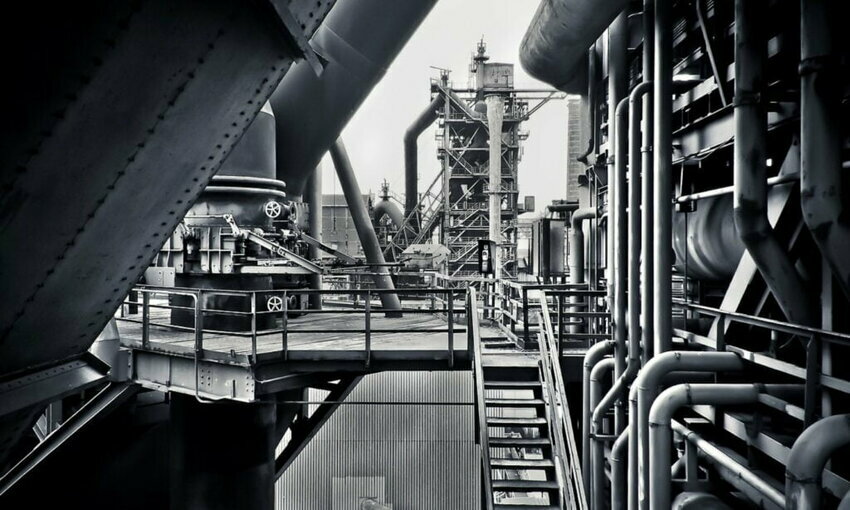
More than 200 industry leaders have endorsed strategies from the Mission Possible Partnership (MPP) to decarbonize some of world's hardest-to-abate, carbon-intensive industries in this decade.
New plans released at New York Climate Week for production of near-zero emissions materials — aluminum, ammonia, and steel — have won support from more than 60 companies, bringing to more than 200 the tally of endorsements for MPP's published Sector Transition Strategies (STS) which also include aviation, shipping, and trucking.
The signatories reflect growing momentum among high-ambition companies, including steelmakers ArcelorMittal, Companhia Siderúrgica Nacional (CSN), Liberty Steel, SSAB, Rio Tinto, Tata Steel, thyssenkrupp and Vale; aluminum producers Alcoa, Rio Tinto and EGA; and in the ammonia sector, CF Industries, BASF, SABIC and Yara, as well as renewable energy providers Ørsted, Iberdrola and ACWA Power. These three sectors jointly contribute about 17% of global GHG emissions.
MPP, an alliance of leading organizations working to decarbonize hard-to-abate industries, presented two new STS reports for aluminum and ammonia, and an updated steel strategy, during World Economic Forum's Sustainable Development Impact Meetings at Climate Week. Participants included senior industrialists and representatives from governments and the financial industry.
Each STS is premised on the deployment of available technologies by 2030, a date that looms near for industry incumbents operating old-economy assets. The reports detail specific requirements – with real-economy milestones – for clean energy, new or retrofitted industrial plants, and policy reform to meet sectoral carbon budgets aligned to the Paris Agreement goal to curb global heating to 1.5 degrees above pre-industrial levels by 2050.
In the steel sector, early progress in breakthrough projects and increased supply of near-zero primary steel are essential to remain within a Paris-aligned sectoral carbon budget. MPP estimates that commercialization of net-zero technologies would cost up to $200 billion per year, implying significantly higher demand for hydrogen, clean electricity, and natural gas, but a stark decline in coal power.
Aluminum plays an enabling role in decarbonizing the world economy. MPP's STS for primary aluminum would mobilize clean power, improved material efficiency and recycling at a cost of up to $1 trillion to reduce carbon emissions by 95%. In a business-as-usual scenario, the sector will emit a cumulative 37 gigatons of carbon by 2050, an overshoot of more than double the Paris-aligned carbon budget of 15 gigatons.
MPP forecast demand for ammonia could increase six-fold by 2050, driven by new markets for green ammonia as a marine fuel and for power generation. The shipping sector has the potential to make or break demand for near-zero emissions ammonia. Coordination by policymakers to adopt, certify and expand ammonia's new application as a marine fuel will be critical to this transition.
The new STS reports follow strategies for aviation, trucking, shipping, and steel. Strategies for concrete and cement, and the chemicals sector, are planned for release this year.